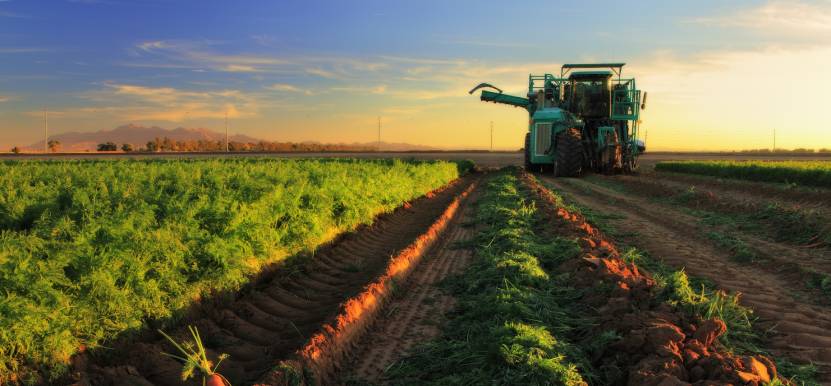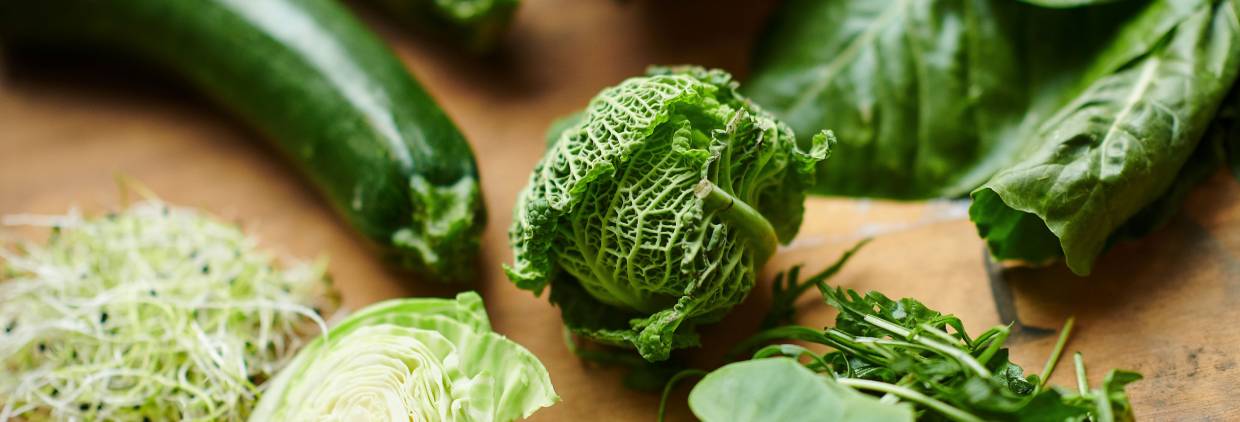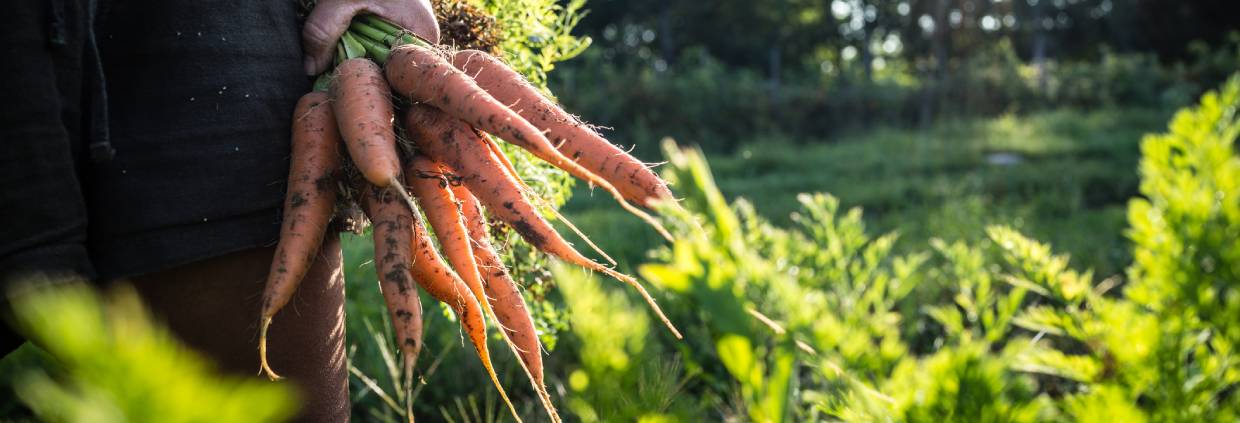Across the European Union, food tech innovation is playing a vital role in safeguarding the future of fruit and vegetable production.
As the Global Food Tech Awards highlights, cutting-edge solutions are essential in tackling the dual challenge of sustainability and food security.¹ From disease-resistant crops to clean-tech processing, the EU is fostering a new era of smart agriculture.

At the heart of this progress is the EU’s Common Agricultural Policy (CAP) Network, which was established to streamline the flow of information and accelerate the adoption of agricultural innovations across all 27 Member States.²
By uniting National CAP Networks, researchers, entrepreneurs, practitioners, administrations and organisations, the EU CAP Network ensures collaboration and knowledge-sharing across agriculture and rural policy.
Climate change, biodiversity loss, and resource scarcity are just some of the urgent issues facing farmers today. In the fruit and vegetable sector, various initiatives are underway across the European Union to improve energy efficiency, cut waste, and reduce reliance on synthetic fertilisers and pesticides.
Just some of these projects include harnessing humates to restore soil health, developing tomato varieties resistant to Tomato Brown Rugose Virus, and applying Electro Chemical Activation (ECA) technology to reduce chemical inputs.
Transforming soil health
In recent years, the deterioration of soil health has refocused attention on the role that soil plays in human and environmental health.³ The EU Soil Strategy was established to ensure that all EU soil ecosystems are healthy and more resilient, reduce soil pollution and establish the protection of soils and restoration of degraded soils as common EU standards.⁴
There has been significant interest in the positive impact of humates on soil condition, and it is a growing market in the EU.⁵ Humic and fulvic acids are constituents of decomposed plant and animal matter. Humates outperform other organic compounds in terms of plant growth and soil fertility. Due to their bioavailability and low environmental impact, humates are projected to play an essential and long-term role in soil treatment.
Developing disease tolerance
Tomato Brown Rugose Virus (ToBRFV) currently represents one of the world’s most critical phytosanitary emergencies due to the spread and persistence of the disease. In Poland, trials are underway to counteract and reduce its effects through the breeding of varieties that display tolerance to the virus. These new breeds of tomato will help restrict the spread of ToBRFV under normal viral pressure.⁶

Clean technology to reduce chemicals and wastage
In Italy, a company has introduced an effective, safe and sustainable technology for cleaning fruit and vegetables without leaving residue.⁶ The system is based on Electro Chemical Activation (ECA) which combines water, salt, and electricity to sanitise fruit and vegetables at various stages of treatment.
The technology is suitable for a wide range of applications in the fruit and vegetable sector, such as increasing the capacity of the washing lines for basil leaves, resulting in a longer plant shelf life.
At an apple processing factory, the technology was found to prevent the spread of fungus, particularly in the presence of fruit damaged during harvest, by continuously disinfecting the sorting water.
The process is also found to prevent mildew and disease when used during fertigation – the application of fertilisers or nutrients into a farming system via the irrigation network.
Adopting automotive expertise for forecasting and pest detection
In the Czech Republic, a unique collaboration between an engineer and a farmer has merged automotive engineering with agri-tech. The joint venture has developed hardware and software to automate both crop forecasting and pest detection.⁶ The company now employs over 20 people and is working with partners in other EU countries to build scout robots and develop image recognition software capable of self-learning, significantly improving data collection and analysis for agricultural use.

Building resilience in crop management
Whilst the unpredictability of horticulture remains as significant as ever, EU innovation is providing farmers with the tools they need to maintain healthy crops and prepare for future adversities.
Year-round availability is an important factor for many UK shoppers and the topography and location of the EU provides the fertile soils and varied climates required to make this possible.⁷
As weather patterns change, it will become even more important for farmers to protect the soil and their crops while minimising chemicals and waste. The many projects and innovations already in place will be key to ensuring that the EU can continue to provide such essential produce for decades to come.
Find more information on the EU’s ‘More Than Only Food and Drink’ campaign.
References
- FoodNavigator. The Global Food Tech Awards 2025 - EMEA Heat.
- European CAP Network. About the European CAP Network.
- Client Earth. Why soil matters.
- European Commission. Soil Strategy for 2030.
- PrecoFert. Humins and Humic Acids: A Growing Market in Europe.
- HortDaily.
- YouGov. Organic, fresh, or affordable: What factors are guiding UK consumers in 2024’s fruit and veg market?




